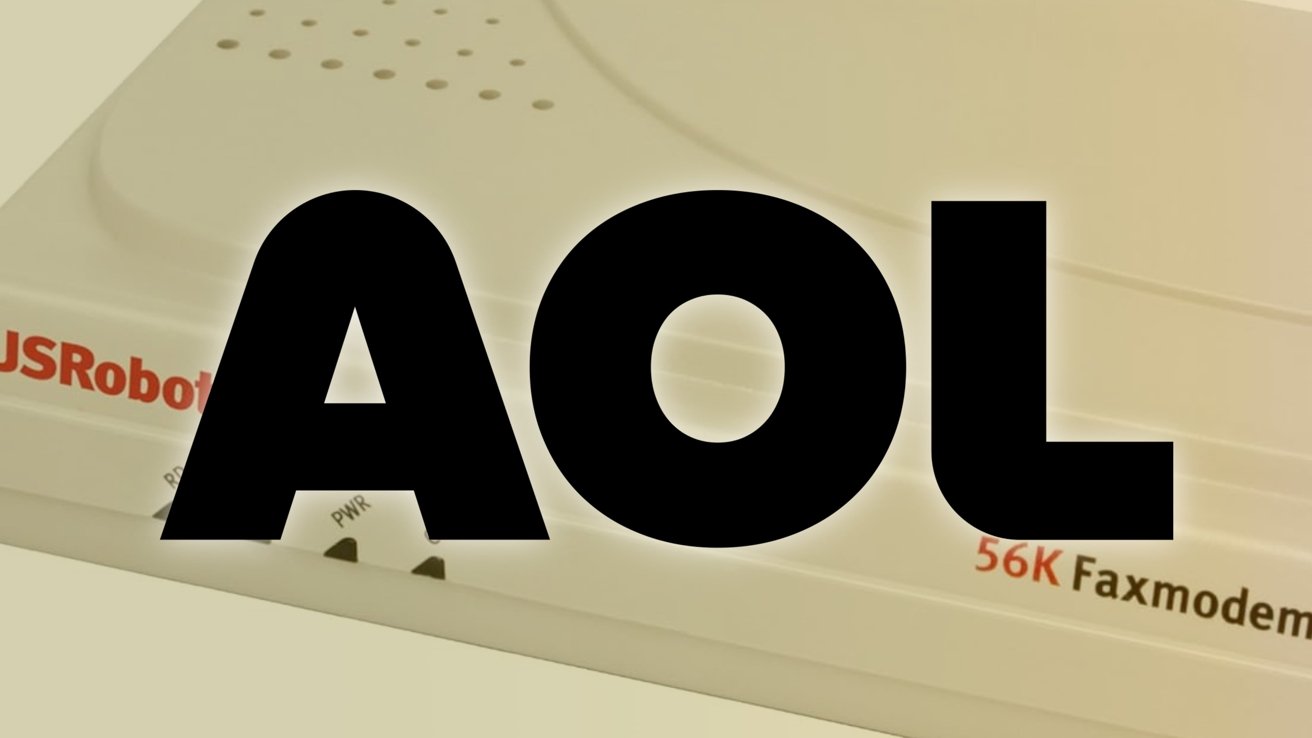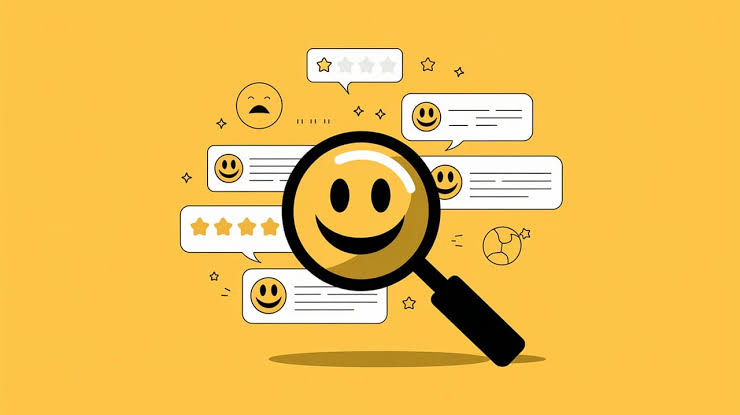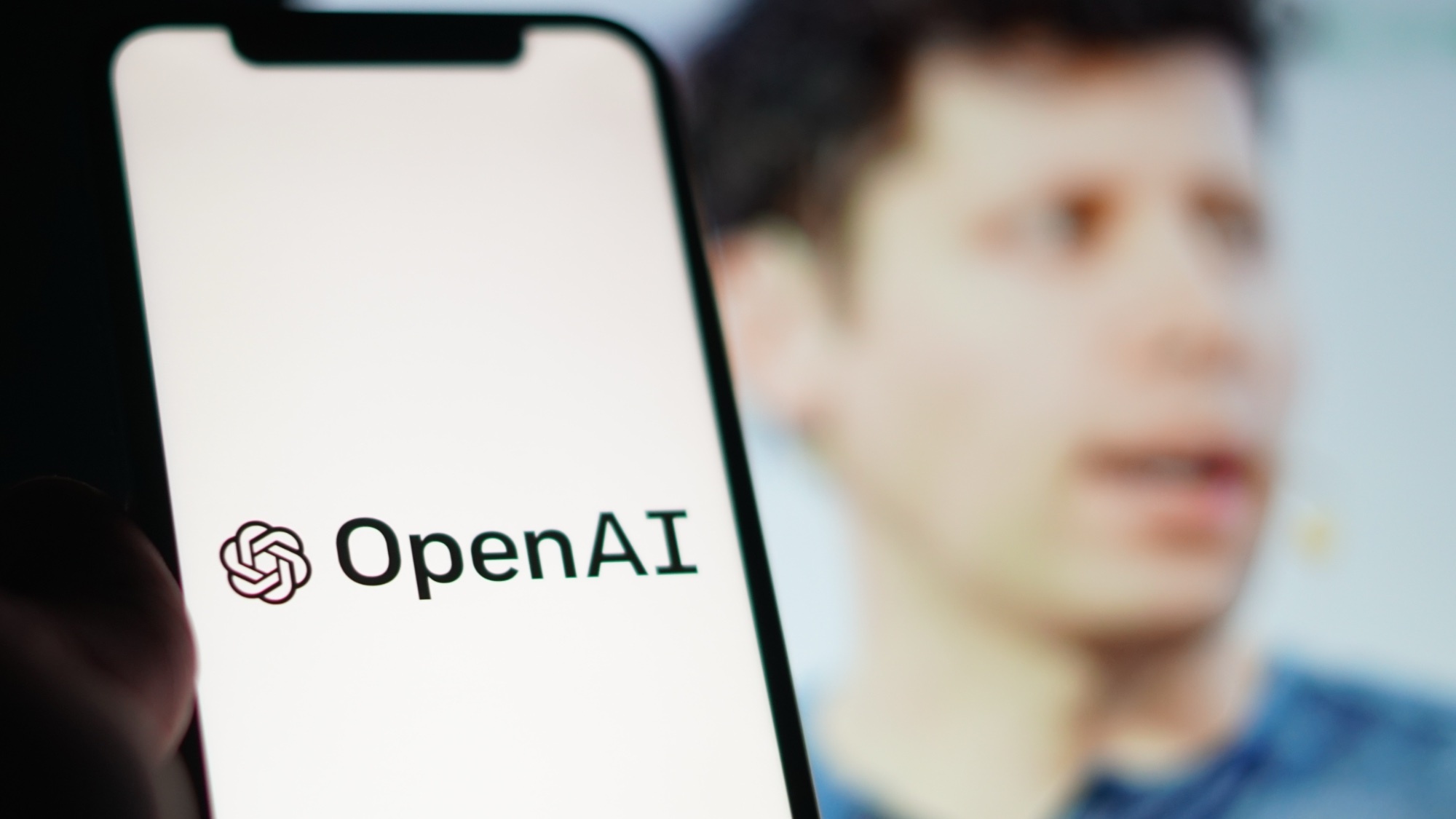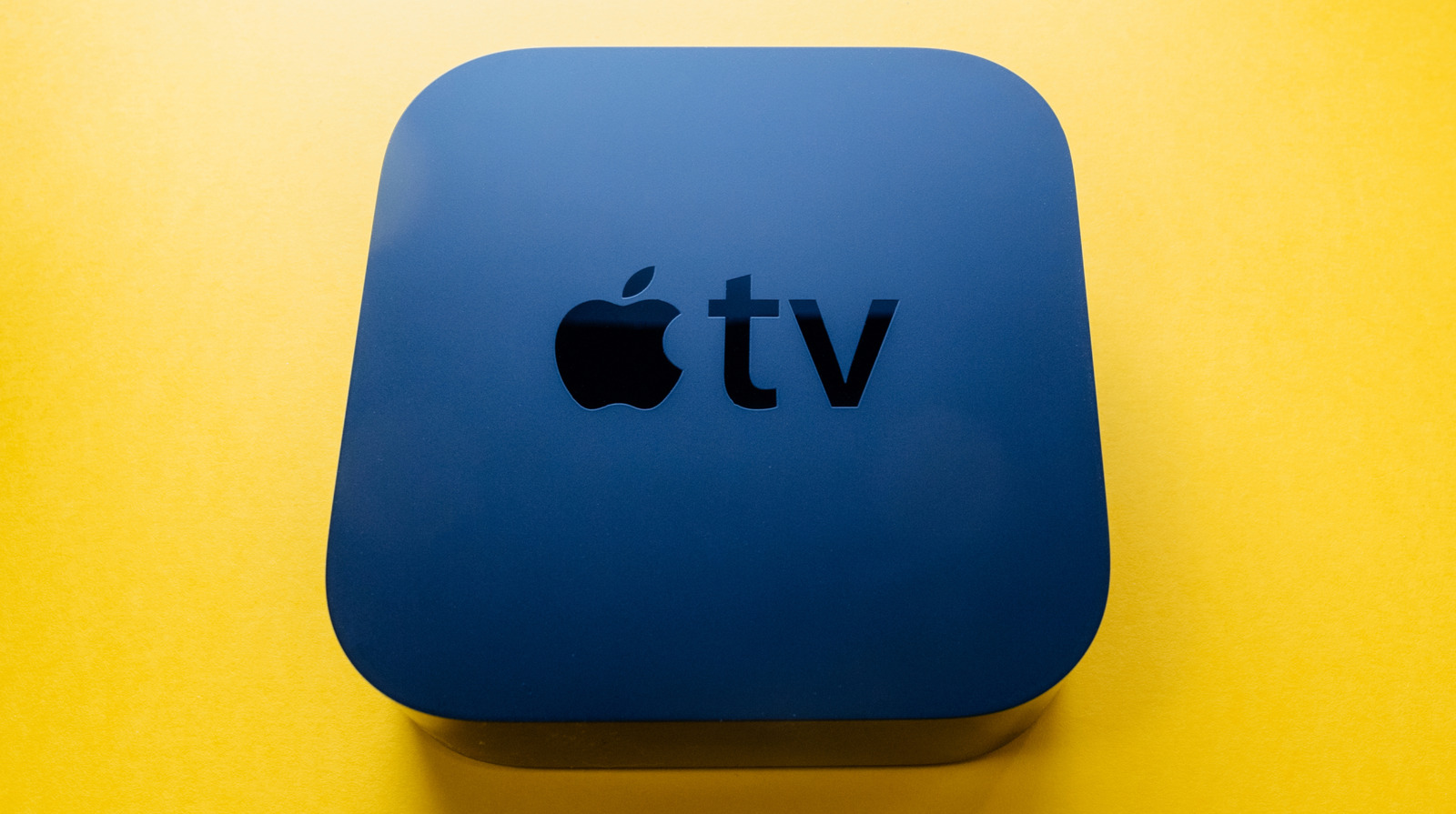More than 40 years after starting as a very early Apple service, AOL is finally ending its dial-up Internet service, shuttering a service that helped usher in the Internet age for tens of millions of people around the world.
Older Mac users will remember the early days of the Internet and the dominance of AOL. Decades later, the circle has closed as AOL says it will start to shut down its dial-up Internet service.
On a support page titled “Dial-up Internet to be discontinued,” updated on August 8, AOL warns that it has decided to end its dial-up service. It will no longer make dial-up available via AOL plans.
On September 30, 2025, AOL says that its dial-up service and associated software, the AOL Dialer and AOL Shield, will be discontinued. The shutdown will not affect any other AOL plan benefits that users may continue to use.
As for why dial-up is being shuttered, AOL says it “routinely evaluates its products and services,” but doesn’t disclose why it decided to discontinue dial-up access. The most obvious reason is due to the ubiquity of other, considerably faster, connections available to almost everyone.
That doesn’t take away the fact that AOL was how millions of people were introduced to the Internet.
First-mover dominance
Back in the late 1980s, the Internet wasn’t a digital utility as it is now. There was no cellular Internet, no smartphones, and a telecommunications infrastructure not built for digital communications.
Connecting to the Internet was hard, as you had to use a modem with a phone line that communicated at very slow speeds. Not to mention a fairly difficult process to set up the connection, and that the World Wide Web was only just starting to become a thing.
AOL itself started back in 1983 under the name Control Video Corporation, offering online services for the Atari 2600 console. After failing, it became Quantum Computer Services in 1985, eventually launching AppleLink in 1988 to connect Macintosh computers together.
Our Managing Editor Mike Wuerthele was working at an Apple dealership in the late eighties, and used Apple Link there.
With the launch of PC Link for IBM-compatible PCs in 1988 and parting from Apple in October 1989, the company rebranded itself as America Online, or AOL. Unlike the rival incumbent Compuserve, AOL was pitched as a user-friendly way for non-technical people to get on the Internet.
It was still a far cry from the hyper-speed connectivity available now. Even at its height, dial-up connections could get up to 56 kilobits per second under ideal conditions, while modern connections are measured in megabits and gigabits.
Most of the service was also what’s considered a “walled garden,” with features that were only available through AOL itself and that it wasn’t the actual, untamed Internet.
The rebrand and refocus was a decision that paid off, and allowed AOL to grow considerably within a few years.
In the 1990s, AOL grew along with the wider use of computers, thanks to the introduction of graphical operating systems and other elements. There was also a period when AOL became well-known for distributing so many CDs containing AOL trials for its marketing.
Millions signed up, with it counting ten million customers by 1995.
The sheer number of users led to massive financial success and inevitable acquisitions. This included WebCrawler in 1995, eWorld in 1996, and competitor CompuServe in 1998.
Broadband and decline
In the 2000s, other forms of connectivity than dial-up started to become more prevalent. Cable Internet services, among others, were cropping up in major cities.
These faster connections were a credible threat to dial-up services, and started to pull customers away. Later in the decade, cellular connectivity became another danger for dial-up services, led by Apple’s iPhone.
With the ease of access available from smartphones, as well as the growing availability of broadband services at home and at work, dial-up’s days were numbered.
However, while depreciated by society, dial-up still had its uses. Low-income families or those who lived in rural areas where broadband wasn’t an option could still use dial-up to get online.
Even after the AOL Time Warner acquisition and the 2015 acquisition by Verizon, AOL was still a popular service. Astoundingly, it counted about two million dial-up subscribers at the time.
Despite managing to still have a significant number of dial-up users, that wouldn’t be for too long.
In the 2021 acquisition of assets from Verizon by Apollo Global Management, AOL was said to have 1.5 million people paying for services. However, this was more for technical support and software, rather than for actual Internet access.
A CNBC report at the time reports that the dial-up user count was “in the low thousands.”
The writing has been on the wall for a long time for AOL’s dial-up service. Ending the service was an inevitability, albeit one that has taken far longer than many would expect.
While it dies off, not with a bang but a whimper, AOL’s dial-up is still remembered as one of the most transformative services in the Internet age.











